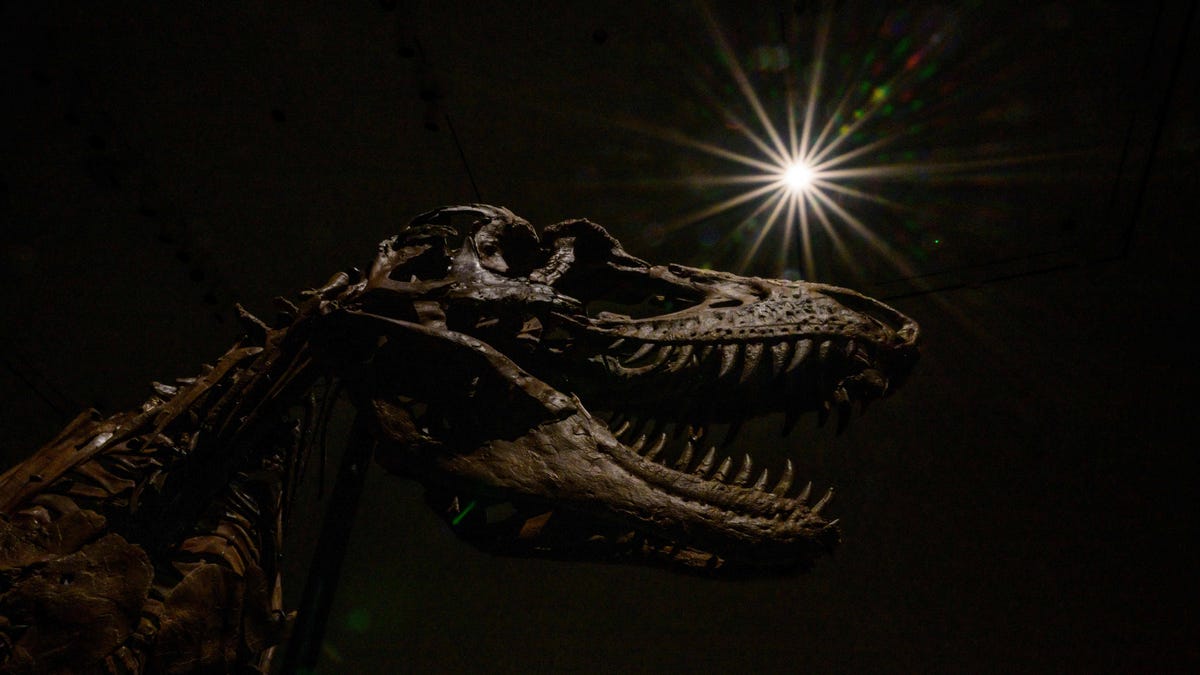
The team modeled the tsunami propagation in two stages: the first model estimated the immediate waves from the impact event, and the second modeled how the tsunami emanated from the source on a global scale. Their work showed that, about 2.5 minutes after the asteroid impact, a wall of water 2.8 miles high was pushed outward from the source. (Compare that to the tallest wave ever recorded, a 1,719-foot wave caused by an earthquake in Alaska in 1958.)
G/O Media may get a commission
Advertisement
Four hours after the Chicxulub impact, the tsunami waves would have made it into the Pacific Ocean via the Central American Seaway. A day after the impact, tsunami waves going across the Atlantic and Pacific would have arrived in the Indian Ocean.
Co-author Brian Arbic, a physical oceanographer at the University of Michigan, said in the release that the geological record corroborated what the model predicted would be the most severely affected sediments in the ocean.
Advertisement
For example, the K-Pg sites in New Zealand—over 7,500 miles from the Yucatán, where the asteroid struck—were heavily disturbed. The disturbance was previously attributed to local earthquakes, but based on their age and location, the recent team believes the sediments were disturbed by waves from Chixculub.
More research could affirm the team’s findings. They didn’t look at coastal flooding that may have been caused by the tsunami. Perhaps if paleontologists find fossils of dinosaurs that seem like died by drowning, the idea will have even more corroboration.
Advertisement
More: Archaeologists Find Ancient Tsunami Victim on the Turkish Coast